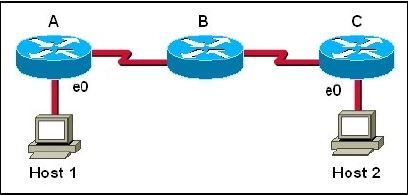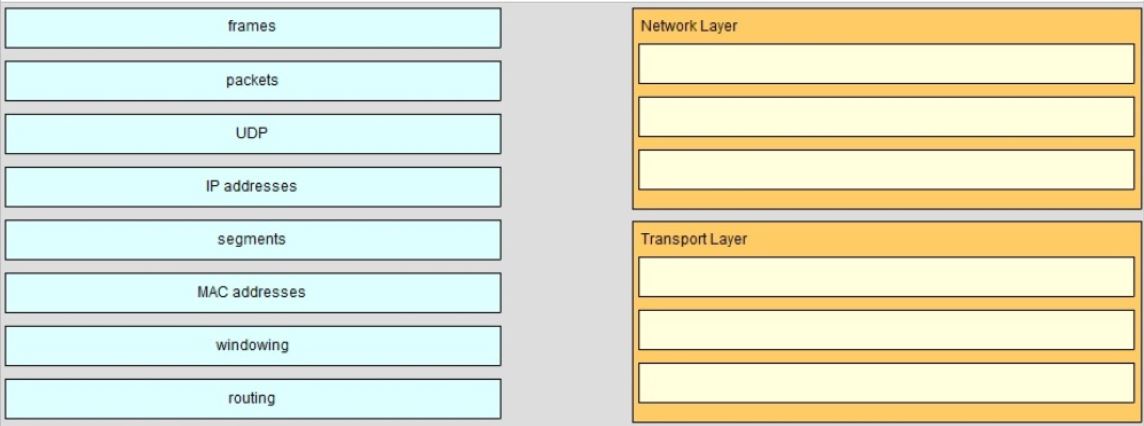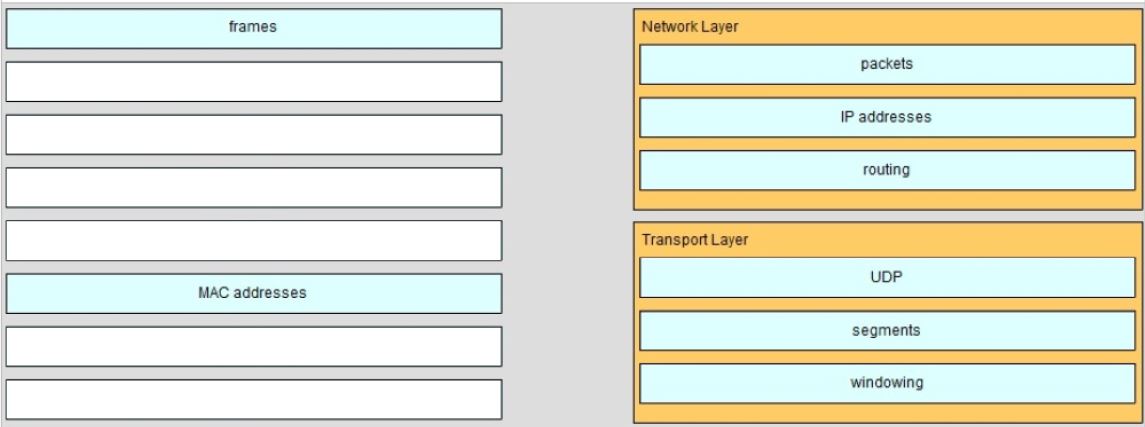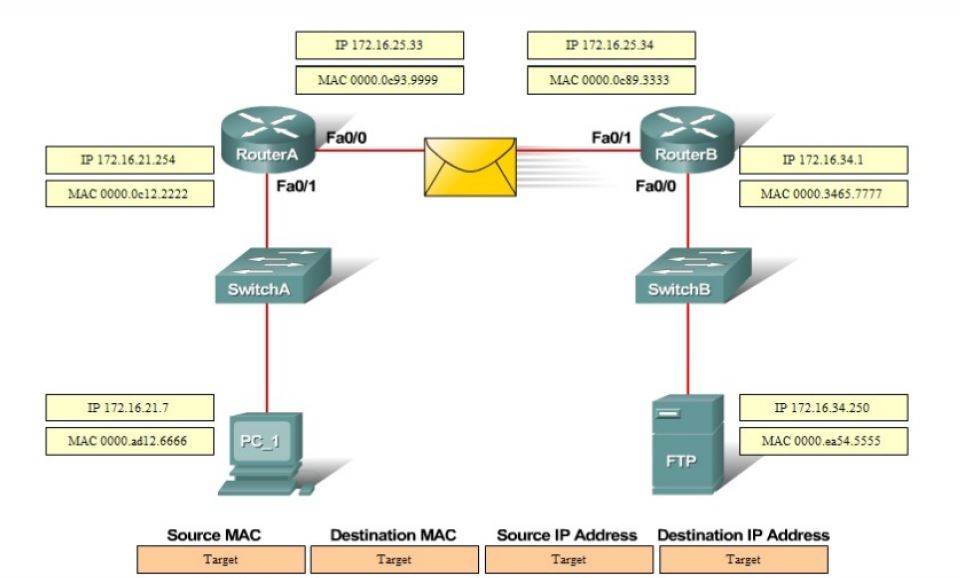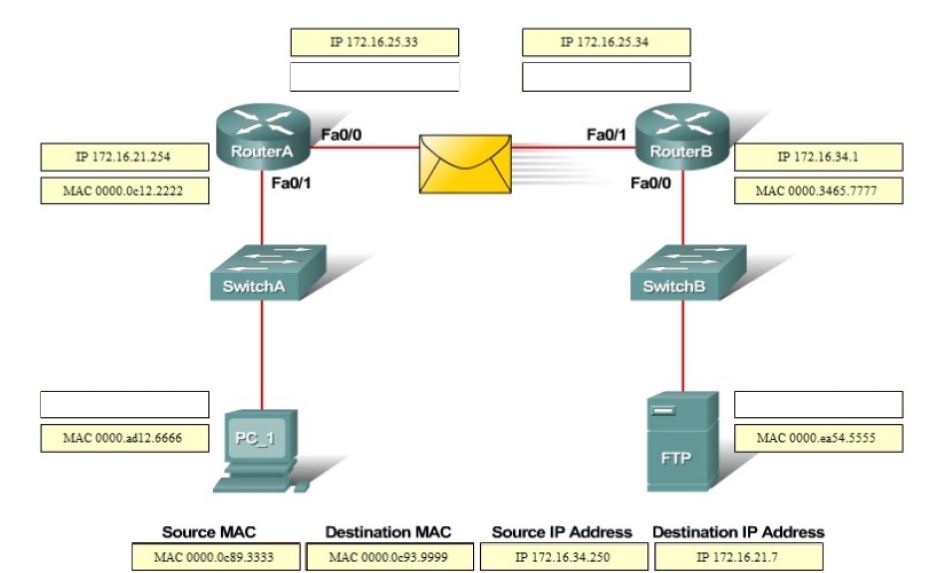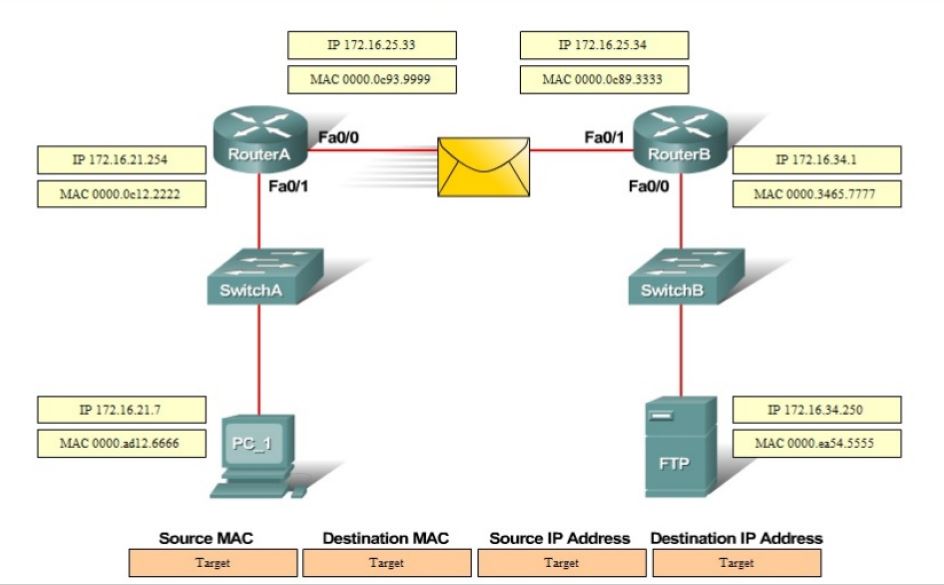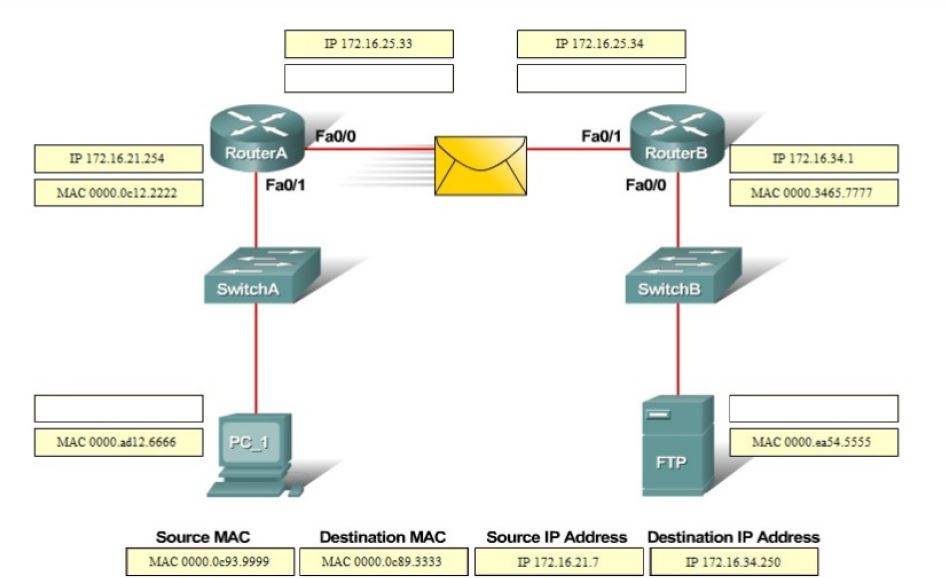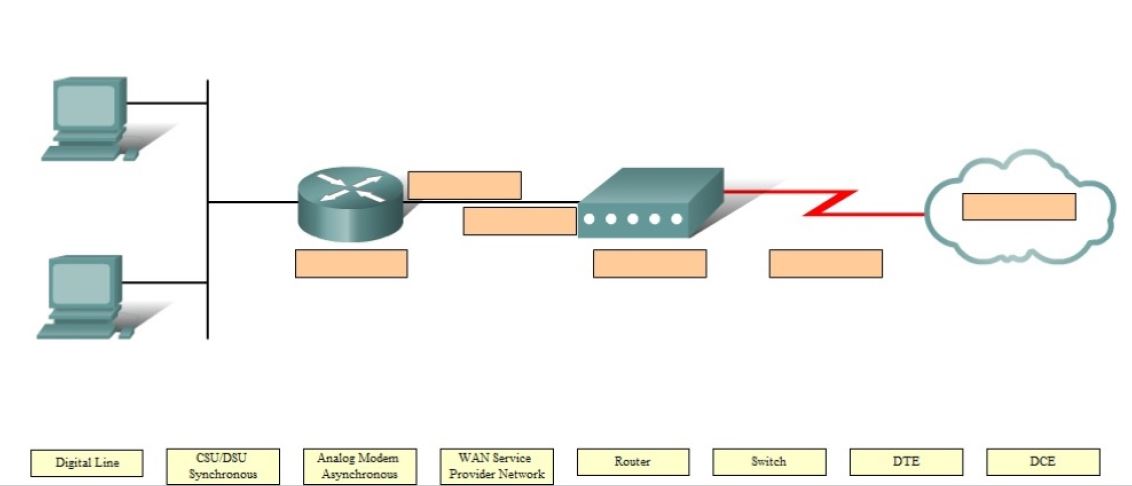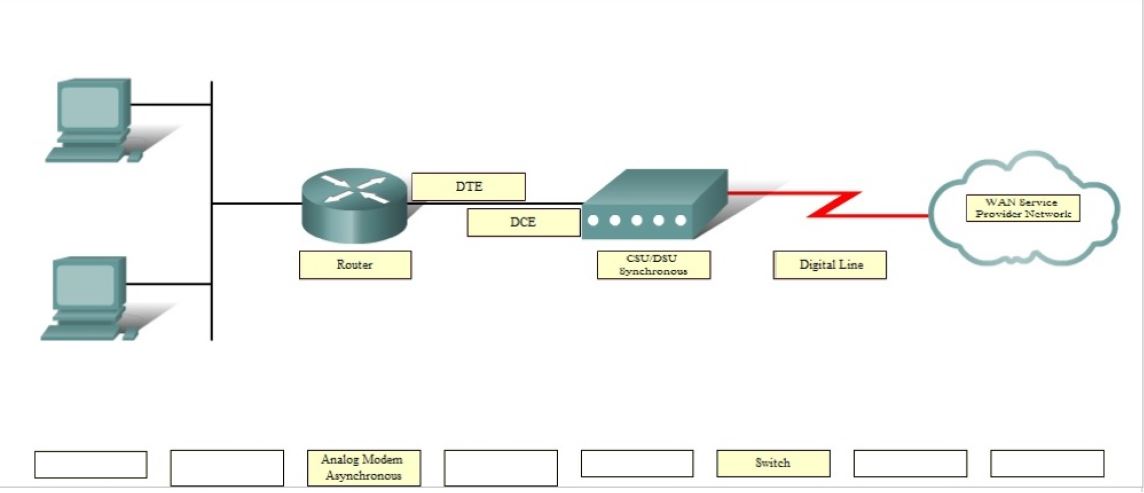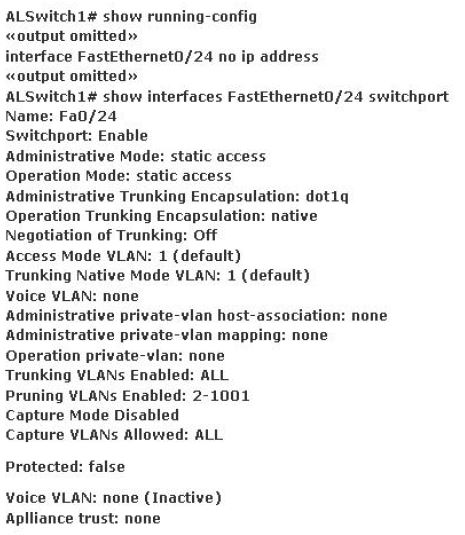A router has two Fast Ethernet interfaces and needs to connect to four VLANs in the local network. How can you accomplish this task, using the fewest physical interfaces and without decreasing network performance?
A. Use a hub to connect the four VLANS with a Fast Ethernet interface on the router.
B. Add a second router to handle the VLAN traffic.
C. Add two more Fast Ethernet interfaces.
D. Implement a router-on-a-stick configuration.
